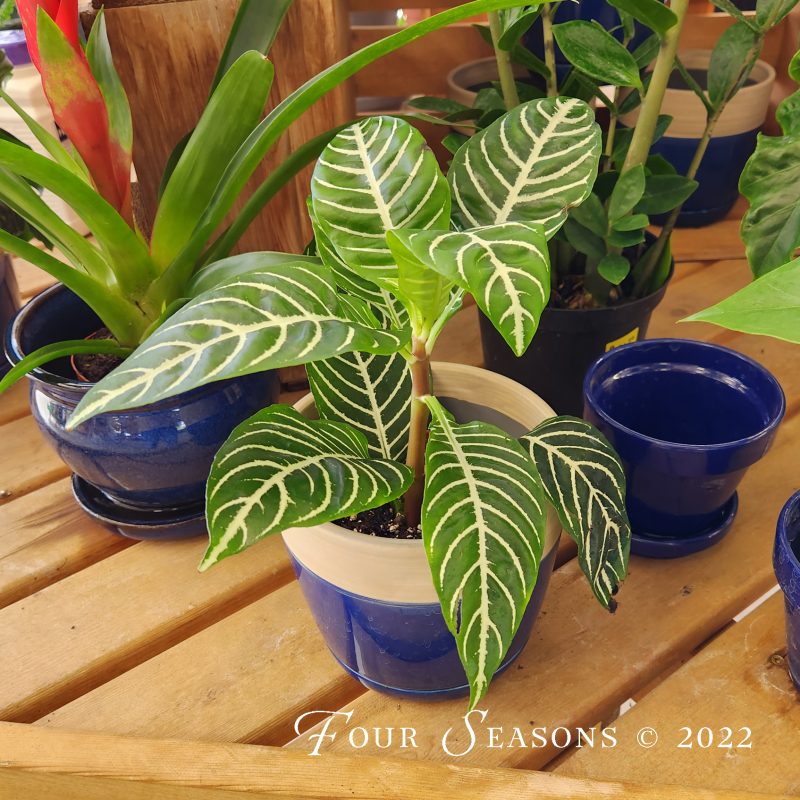The weather is finally beginning to cool down and you may be thinking of moving your houseplants back inside for the winter. It’s a great way to continue enjoying them, but there are some steps you should take in order to ensure success.
Most houseplants are tropical in nature so they will not survive our cold temperatures and harsh winter conditions if left outdoors. Move them inside near a window with bright light, in a sunroom, or any other place where they will have adequate light. Adding some grow lights or giving your windows a good cleaning may help if your home is very dimly lit.
Decide if you want to keep it in the same pot or if you will want to repot it for the winter. If you aren’t going to repot your plants, scraping off the top inch or two of soil from the top of the pot and replacing it with fresh soil will go a long way towards eliminating any insect eggs that may have been laid in it while it was outdoors.
Making sure they are disease and pest free before bringing them in also ensures that you won’t have an infestation and that your other houseplants will remain healthy. Once inside, inspect your plant for any lingering pests that might have hitched a ride. Sometimes they aren’t as noticeable when they are outdoors, but once inside in a nice, warm environment, eggs hatch and populations explode.
Begin acclimating once nighttime temperatures begin to dip into the low 50’s or upper 40’s by bringing them indoors in the evening but putting them back outside each morning. This allows your plant to gradually get used to the changes in intensity of the sunlight, humidity, etc. Gradually increase the time indoors over a period of several weeks until you have it inside full time. You may experience some leaf drop but this is normal as your plant adapts to it’s changing conditions.
Once they are full time indoor residents, go light on the water because they will not need as much water as they did when they were outside since the light levels will be less and they will no longer be exposed to our windy conditions. However, they may still require regular watering if you run a woodstove as your heating source with no other humidity provided. The best garden tool you have is your finger – stick it into the soil to test for dampness. Remember that plants are like people- neither like wet feet in the winter!
As a matter of general care, remove any dead or dried up leaves or blooms to keep plants clean and tidy. You will want to continue to fertilize through the winter, but use a third or half strength solution and only apply it once a month. Since they are basically in a semi-dormant state, they won’t need much.
Taking the time to acclimate and move your houseplants in for the winter is worth the effort. There’s nothing that reminds me that spring will return again so much as a bright and cheerful blooming houseplant on the windowsill or on my desk in the middle of winter.

